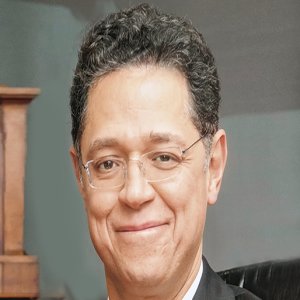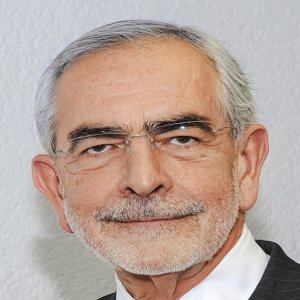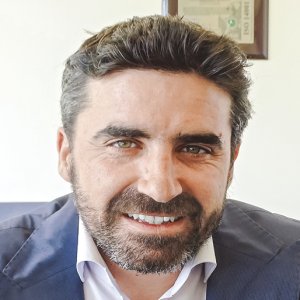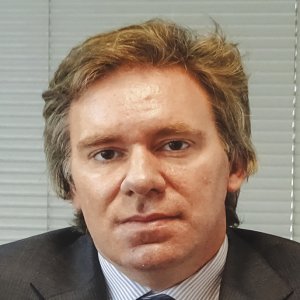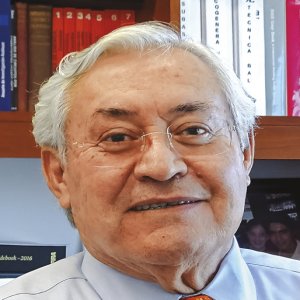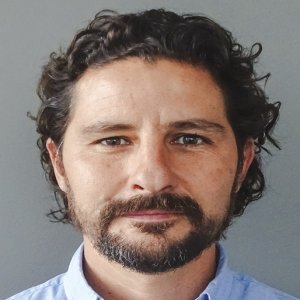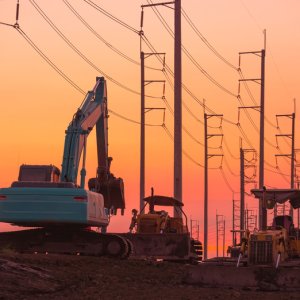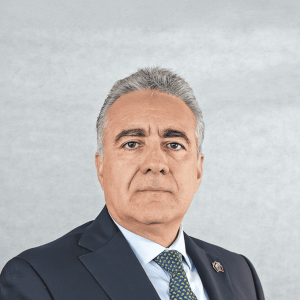Legacy Contact Keep Things Simple

STORY INLINE POST
The coexistence of legacy generation permits and those under the new regulations is a key differentiator in the Mexican electricity industry, which has resulted in a business line that is running parallel with the opening of the wholesale electricity market. The government originally decided to maintain these “grandfather” rights to protect former investments but some companies see them as a haven of certainty and simplicity in these changing and complex times. Thermion Energy is a Mexican independent power producer that has decided to put legacy projects at the heart of its strategy, offering off-takers a simpler alternative to other market options. “We know that customers will only accept changes that make their lives easier. Becoming a market participant is not particularly easy at the moment,” says Justin Bryon, a Managing Director at Thermion Energy. “Thermion Energy decided to acquire and offer legacy contracts as a more hassle-free and cheaper alternative to CFE’s supply. We think our strongest advantages are that we do not ask for extra guarantees, offer predictable electricity prices and structure our supply contracts in line with our clients’ specific risk profiles and business cycles.”
Bryon explains that “the problem with any wholesale electricity market is inherent volatility. There are four major products or components that are volatile in the Mexican market: financial transmission rights, capacity, ancillary services and CELs. These components impact the cost of power delivered to the final user in addition to generation and other costs. The major issue that qualified suppliers are facing in the new market is the difficulty to obtain hedges for these four components and this results in uncertainty for the supplier and/or end user.”
Providing certainty is a key factor for legacy projects. “We only need to consider costs of power production, regulated ancillary services, wheeling (the same cost for delivery anywhere in the country, and for the entire life span of the project) and capacity, which we can deliver with more certainty than in the new market. These costs are already defined. In the case of renewables, legacy projects also have the advantage of the Energy Bank so we do not have to worry about balancing our power production as much as new generators must,” he says.
The typical profile of a Thermion Energy client would be “a medium intensive user of electricity whose consumption is important financially but not strategically. Ideally it would be a creditworthy transnational company from a country belonging to the Organization for Economic Cooperation and Development (OECD) that has set clear targets in terms of sustainability and usage of renewable energies.”
To serve this market Thermion Energy has the goal of rolling out at least 1GW over the next six to eight years in legacy projects, for which it has identified enough grandfathered permits to achieve its ambitions. “We are advanced in contracting enough legacy projects to meet our expansion plans. We have some projects that were assigned transmission capacity as part of an open season organized by CRE prior to the implementation of the Electricity Industry Law, which means they are eligible to receive a legacy interconnection contract with up to 20- year duration as per the law’s transitory provisions. The law states that all other projects must be operational by December 2019 at the latest while open season projects are not subject to this limitation, allowing us more flexibility in rolling out our commercial operations. We are well covered in this sense,” Bryon says.
The company has decided to focus mostly on wind energy projects, which allow the offering of capacity in addition to energy under the previous rules. “All our wind energy projects are already in a late stage of development but we are waiting to see the results of the Reform’s implementation before moving forward. It is a prudent investment strategy. We expect to start investing in the first quarter of 2017, once we have our investment fund closed. We then have five years to commit our investments and another five years to complete them. We are looking at investing in eight to 10 legacy projects that will focus on supplying the corporate market,” he says. Grandfathered projects will always have an advantage even as the market matures: they are much simpler and therefore cheaper.
